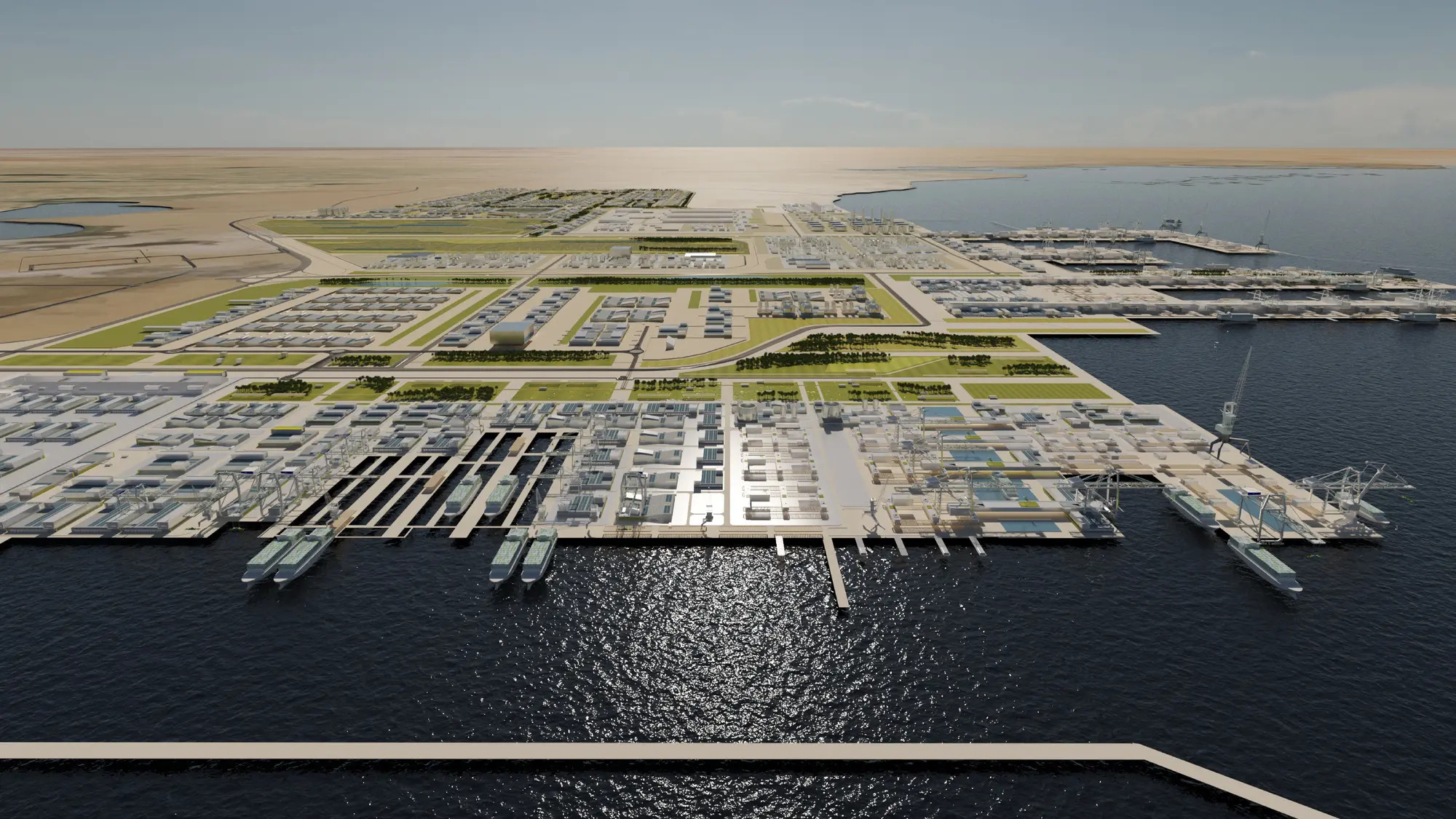Dubai, UAE— Some years ago, a glance at the Arabian Peninsula would have only showed oil refineries and long pipelines exporting energy to the rest of the world. But in today’s Middle East the refineries vie with special economic zones (SEZ) spread across the swathes of sandy deserts, as governments of the region build special zones to lure investment and promote innovation in their desire to diversify economies.
From Saudi Arabia to the United Arab Emirates, Oman to Bahrain, and Qatar to Kuwait, new zones are sprouting up everywhere.
Last year, Saudi Arabia unveiled four new special economic zones (SEZs), with incentives for international companies to operate within the kingdom. The SEZs seek to promote the kingdom as a global business hub and further its economic development goals in line with Vision 2030 strategy.
To the kingdom’s east, the UAE has been setting up new economic zones to lure foreign investors and companies, creating entities such as the Dubai International Financial Centre (DIFC) and the Dubai Media and Commodities Centre (DMCC). Both countries are leveraging economic zones to attract investments, foster innovation, and propel growth in non-oil sectors.
Historically reliant on oil revenues, Saudi Arabia and the UAE acknowledge the vulnerability of such a mono-sectoral economy in the face of fluctuating global oil prices and evolving energy dynamics. They see SEZs as catalysts for economic diversification, which offer platforms for innovation, entrepreneurship, and investment in non-oil sectors.
Saudi Arabia’s Vision 2030 economic reform program aims to increase the contribution of foreign direct investment, which touched a record $19.3 billion in 2021, from 0.7 percent of gross domestic product in 2016 to 5.7 percent by 2030. The new SEZs are a major step toward achieving that goal. An invitation by the kingdom to potential investors in the SEZs describes the Saudi economy as an investment powerhouse at the center of global trade.
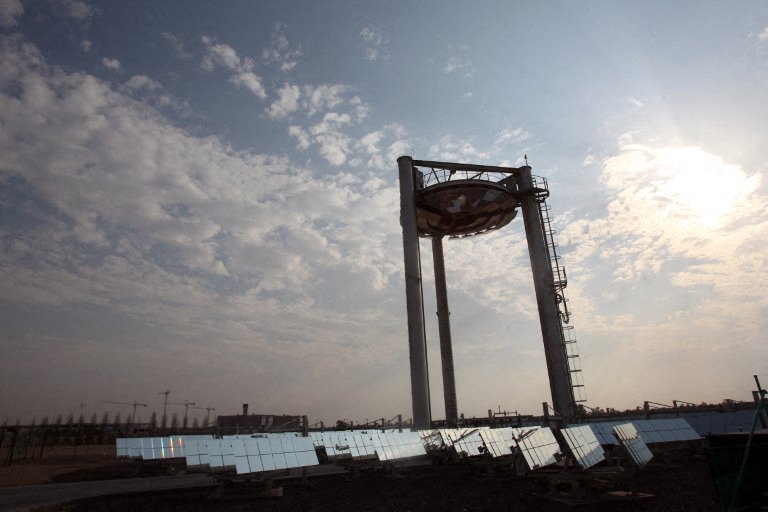
The new zones, combining capital availability with business growth availability, and with a package of incentives and modern laws, could become a major game changer and turn the region into a global business and investment hub for international companies and entrepreneurs.
James Elliot-Square, regional business development manager at PRO Partner Group, believes the UAE and Saudi Arabia are poised for continued expansion and growth. “The UAE and Saudi Arabia are continuously developing and enhancing their economic zones to attract investments and promote innovation. With a focus on sectors like renewable energy, technology, and logistics, these zones will drive sustainable growth in the region.”
Elliot-Square says economic zones can play a pivotal role in diversifying economies and attracting investments and serve as catalysts for growth in non-oil sectors, driving sustainable development.
The special economic zones are spread out strategically throughout Saudi Arabia, aiming to facilitate specific economic activities, including employment, trade, and investment through legislative frameworks and competitive advantages that differ from other geographic areas in the base economy. The zones focus on key sectors for growth, including advanced manufacturing, medical technology, and cloud computing.

The zones offer incentives to companies that are both fiscal and non-fiscal, including competitive corporate tax rates, duty-free imports of machinery and raw materials, 100 percent ownership of companies, seamless establishment procedures, and flexibility in employing foreign labor.
They will benefit from legislative and competitive advantages to attract investment in a variety of sectors, including logistics and technology, among others to boost non-oil exports from Saudi Arabia, and each zone will have a special area of focus.
In a similar fashion, the special economic zones in the UAE have undergone remarkable evolution, transitioning from traditional tax-free enclaves to dynamic ecosystems of innovation and entrepreneurship.
The establishment of economic zones in the UAE and the recent development of economic zones in Saudi Arabia were prompted by the countries’ ever-expanding economies, alongside their economic diversification and creating hubs to incubate the varying business activities.
These economic zones promote innovation, drive competitiveness, and investments into the respective countries. This leads to continuous development in the region, with these zones acting as hubs for the diverse industries and sectors that they exhibit.
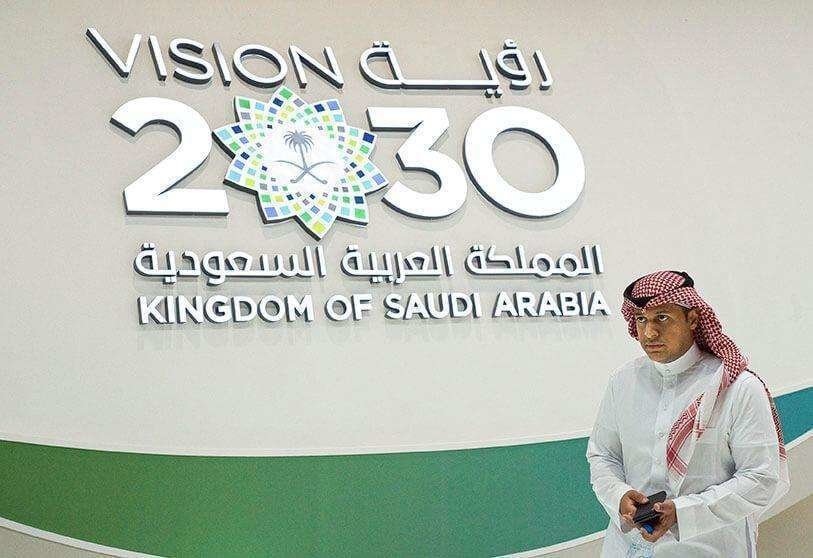
According to Paul Turner, Executive Director at Capex.com, the setting up of economic zones is central to strategic economic diversification efforts. “In the UAE, free zones like DIFC and DMCC have attracted international businesses, propelling growth in sectors like technology, finance, and services.”
These special zones are viewed as innovation hubs and key players in a variety of sectors, with the potential to significantly diversify and grow their respective economies while attracting foreign investment. For example, the UAE’s economic zones provide incentives such as tax exemptions and full foreign ownership, boosting GDP and attracting foreign direct investment.
The SEZs in the UAE have been around for at least 15-20 years, and many of the well-established ones such as the Dubai International Financial Centre (DIFC), Dubai Media and Commodities Centre (DMCC), and Abu Dhabi Global Market (ADGM), have grown into internationally recognized business hubs.
In the same way, Saudi Arabia’s NEOM and the King Abdullah Economic City (KAEC) highlight the kingdom’s commitment to economic development beyond oil.
The distinction however between the economic zones is primarily their focus with their specifically targeted industry or sector. For example, in Dubai, the DIFC is the financial district, where financial businesses would sit and is an international financial hub.
KAEC is essentially Saudi Arabia’s equivalent business hub or business center, whereas NEOM is a futuristic city centered around innovation and technology. Thus, the different economic zones in both countries offer industry and sector-specific benefits and investors can navigate the economic zones with more clarity based on their requirements.
According to Elliot-Square, these zones attract investment, contribute to an increasingly diverse economy, create job opportunities, and serve as a clear example of the opportunities available to businesses looking to establish in these zones.

The primary objectives of economic zones in the UAE and Saudi Arabia are closely aligned with broader national agendas for economic diversification and sustainable development. Elliot-Square explains, “These zones are instrumental in achieving the goals of Vision 2031 in the UAE and Vision 2030 in Saudi Arabia. They aim to reduce reliance on oil revenues, create employment opportunities, and promote innovation and entrepreneurship.”
The zones are established with a multifaceted purpose aimed at addressing various economic needs and fostering regional development. Firstly, they are strategically designed to cater to unserved demand, whether it be arising from emerging business models, industries, or regions that are not adequately served by existing EZs. By identifying and accommodating these underserved areas, new EZs play a vital role in bolstering economic activity and providing opportunities for growth.
The creation of new zones enhances flexibility within the economic landscape, offering businesses options tailored to their specific needs or preferences. This flexibility is crucial in fostering innovation and competitiveness, as companies can find environments conducive to their operations and growth strategies.
Many experts feel that the establishment of new economic zones is a response to market trends and evolving economic conditions. These zones are designed to adapt to shifts in industry dynamics, technological advancements, and global economic patterns, ensuring that they remain relevant and effective in supporting businesses and driving economic progress.
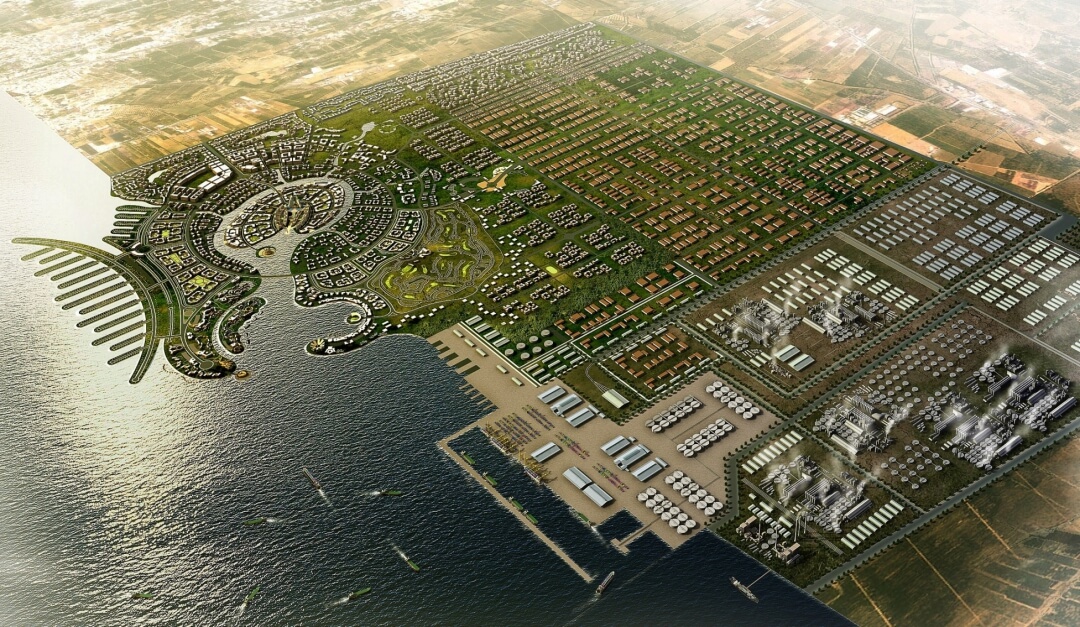
Furthermore, the promotion of regional development is a central objective of new SEZs. By concentrating resources and incentives in specific regions or cities, these zones stimulate economic growth, attract investment, and create employment opportunities. This targeted approach to development helps address disparities in regional prosperity and contributes to a more balanced and inclusive economic landscape.
According to Turner, economic zones in the UAE act as hubs for specific sectors, from technology to healthcare. The UAE, especially Dubai, stands out as a cosmopolitan and global business epicenter, attracting multinational companies with its dynamic and diverse environment. Its strategic position as a crossroads of trade between Europe, Asia, and Africa gives investors significant advantages.
Free Zones like Dubai Internet City and Dubai Silicon Oasis are at the forefront of technological innovation, underscoring the nation’s commitment to digital growth. Moreover, the UAE’s liberal policies, including 100% foreign ownership, no currency restrictions, and profit repatriation, illustrate its open business climate.
In contrast, Saudi Arabia’s economic zones are more reflective of its historical strengths, with a pronounced focus on industrial growth, energy, and petrochemicals. They are key elements of the transformative Vision 2030. Here, investors are offered a gateway to the Gulf’s largest domestic market, complemented by significant government investment and a rapidly evolving cultural and business landscape that is opening new avenues under Vision 2030.
Both the UAE and Saudi Arabia offer a range of incentives and policies to attract investors to their economic zones. Turner highlights the UAE’s investor-friendly environment, stating, “Free zones in the UAE offer incentives such as tax exemptions from personal income tax and corporate tax for a specific duration. These zones allow 100% foreign ownership of businesses, a privilege typically unavailable outside the zones”.
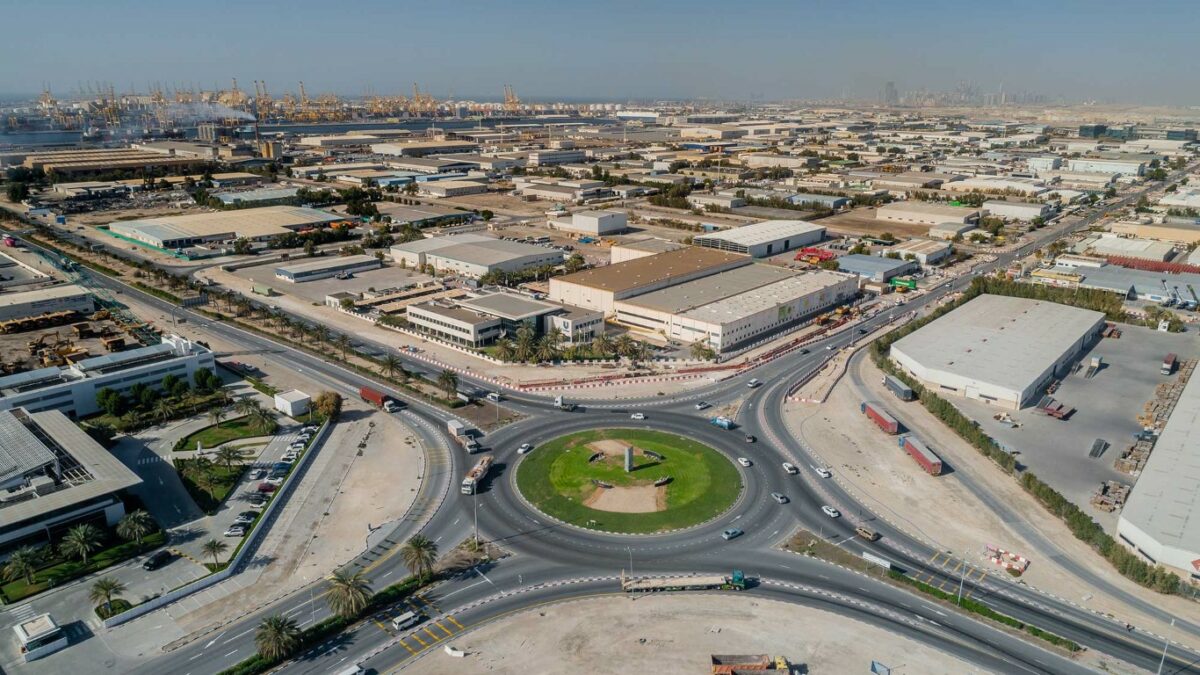
Businesses also enjoy exemptions from customs duties on imports and exports and are permitted to repatriate capital and profits without restrictions. The zones are equipped with state-of-the-art infrastructure, including ready-to-use offices and manufacturing facilities, and offer streamlined procedures for business setup, such as quick company registration and licensing.
Saudi Arabia’s economic zones also offer compelling incentives, such as relaxed regulatory policies, particularly tailored to specific sectors, and provide tax incentives like reduced corporate taxes for a fixed period. Moreover, these zones facilitate access to local and regional markets and offer exemptions on import and export customs duties.
“These incentives, coupled with strategic support for logistics and supply chain management, attract investments and stimulate economic activity.” Says Turner
In spite of the presence of existing economic zones, both the UAE and Saudi Arabia persist in establishing new ones, driven by several compelling reasons. The diversification of sectors stands as a primary motive behind the establishment of new SEZs. By introducing free zones, these countries can strategically focus on different industries, thereby broadening the spectrum of sectors covered. This approach not only enhances economic resilience but also fosters a more dynamic and adaptable business landscape.
The concept of regional dispersal plays a pivotal role in the decision to establish new zones. Distributing these zones across various geographical locations within the country serves to foster balanced economic development. By decentralizing economic activities, new economic zones contribute to mitigating regional disparities and promoting more inclusive growth trajectories.
The competitive dynamics inherent in the proliferation of EZs cannot be overlooked. The presence of multiple zones fuels a healthy competitive environment, stimulating innovation and efficiency among businesses. This competitive landscape not only benefits local enterprises but also attracts international investment, bolstering the overall economic vibrancy of the region.
The imperative to accommodate evolving business models and emerging industries underscores the need for new special economic zones. These zones serve as incubators for novel ventures and unconventional industries that may not fit within the parameters of existing zones. By catering to the evolving demands of the market, new SEZs ensure that the economic infrastructure remains agile and responsive to changing trends.
Economic zones in the UAE and Saudi Arabia prioritize specific sectors aligned with national development strategies. Turner underscores the sectoral focus of these zones, stating, ” In the UAE zones like Dubai Internet City and Masdar City are nurturing hubs for technology and sustainable innovation, while the Dubai International Financial Centre serves as a magnet for global financial services. Similarly, the Jebel Ali Free Zone leverages its strategic location to boost logistics and trade.
Elliot-Square emphasizes Saudi Arabia’s commitment to fostering innovation and technological advancements within its economic zones. “Projects like NEOM epitomize Saudi Arabia’s vision for future cities centered around innovation and sustainability,” he said. “These zones attract global talent and investments, driving technological advancements and economic diversification. The different economic zones in both countries offer industry and sector-specific benefits and investors can navigate the economic zones with more clarity based on their requirements.”


